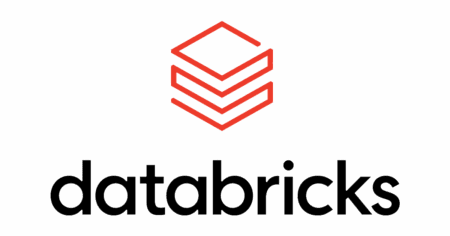The current marketing strategy is to have an eCommerce website to increase the business. Here are some questions that generally arise in business owner’s mind before setting the eCommerce website. The answer to these questions will surely help the owners set-up a great eCommerce store.
If you are selling goods in a brick and mortar store but not online, then you surely are missing on revenue generating opportunities. Many business owners hesitate about opening an online store as they feel they are not well-versed with the technicalities involved or confused as to what features to include in their online store.
Undoubtedly creating an online store is a daunting task as it involves a heavy investment of time, money and even the reputation of a business. If you can’t handle the work on your own, we recommend seeking help from professionals who have garnered experience with website development, and especially with eCommerce website development.
Before you get started with the professionals, ask them a few questions to help you get a better grasp of how things will work.
1. How do I begin with My eCommerce Store?
The first question that generally runs through the mind of every business owner is how to build a customized online store. If you don’t have enough capital or resources to create a customized online store, you can hire eCommerce vendors to help you create an online store. There are many web designing companies that let you design the website with unique features and functionalities. Once the store is developed, set up the customer shopping carts, accept payment, upload the product catalog and manage the orders. Most companies even host the website on their servers to ensure safety.
2. How to Customize the Look of the Online Store?
If you already have a website, ensure that your eCommerce website reflects your existing online look in terms of color scheme and logo. In case you don’t have a business website, prefer accent colors and background for your eCommerce website that complement your logo. Most eCommerce vendor offer preset themes that don’t require CSS or HTML knowledge to customize it. You must be able to upload the product image, logo, banners and slideshow with great ease.
3. What Payment System should be preferred?
It is recommended to have PayPal when you start with the online store because the third-party processor is the known secured system to accept online payments. Another popular payment processing option is Authorize.net. You can even obtain the merchant account with all popular credit card companies for a nominal charge.
4. How to Handle the Customer Services?
To efficiently respond to the customer’s concern it is recommended to select the eCommerce vendor that promises access to a trusted CRM (customer relationship management) tool. This tool record, streamline and also structure the way the merchants interact with the customers. It includes contact information of the customer, complaints, pending order and recent purchases. Some CRM tools even feature live chat option.
5. How to Determine the Shipping Cost?
For you and your customers it is very important to know the exact shipping charges. Major carriers calculate the shipping cost for free and eCommerce vendors let you integrate these costs in the store checkout sections. It is a good idea to offer free-shipping for orders over a specified amount. If your competitors offer free-shipping, consider this option too.
6. How to Create Unique Product Catalog?
Online shoppers don’t get the chance to see and feel the product; they can judge the quality only through clear and crisp product images. It is suggested to use a decent megapixel DSLR camera, light box and lighting to get beautiful product images. Also, it is very important to write short and rich product description using compelling phrases and adjectives to evoke an emotion in the reader. Include details like price, dimensions, product uses and distinct characteristics.
7. How to Attract the Shoppers?
Once the store is up-and-running, it is critical to spread the word both online and offline. Carefully place the link of your store on the company’s website, newsletter and banners. It is suggested to create Twitter, Facebook, YouTube and Pinterest accounts for your eCommerce store. Timely update the social media pages to drive traffic to your website. Work with eCommerce vendors optimize your store’s inventory and content to ensure high ranking on popular search engines.
8. How to Handle the Returns?
Don’t worry about the returns! Every eCommerce vendor offers in-built tools to easily replace the merchandise or refund the price of the purchase, re-stock the inventory and also send e-mails to the customers about the return status.
Apart from these questions you must also consider free-self-service analytics driven by Google Analytics tool to track the performance of the store over time. This gives you important data like number of visitors, visitor location and how they find the store.




